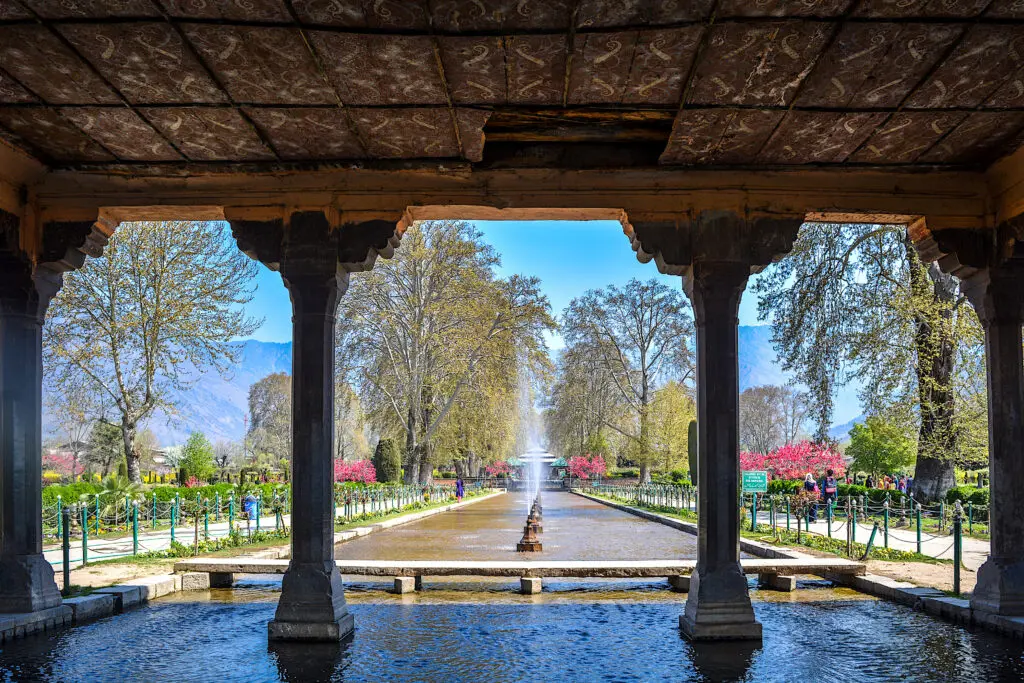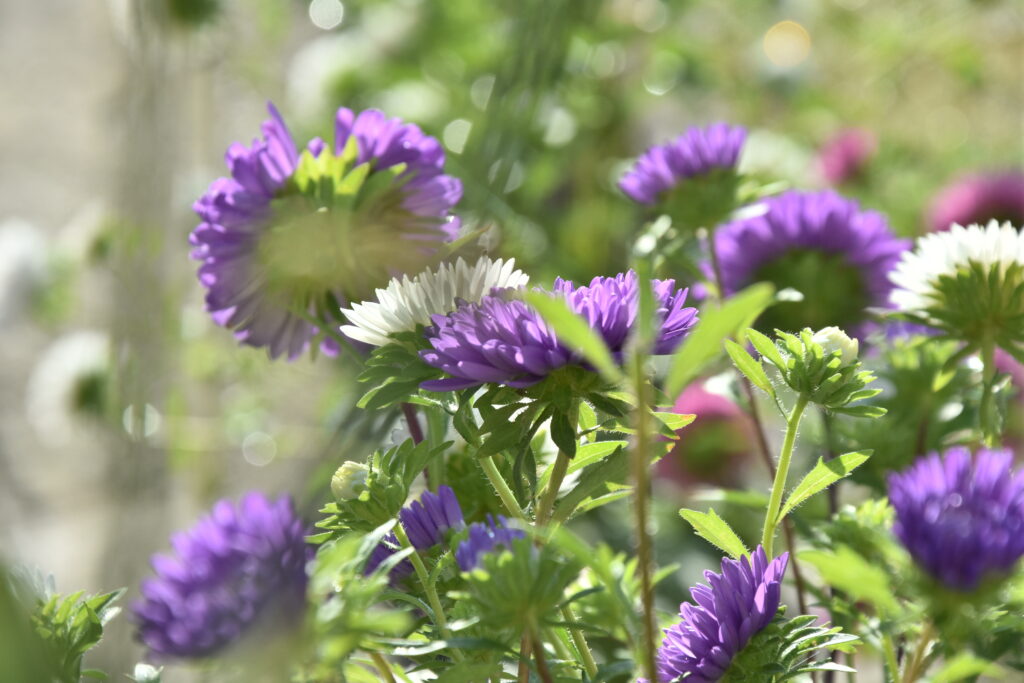When I See Spring in Your Eyes/yeli bU’ vuċh canen Ạċhen mnz nō bhar

“When I See Spring in Your Eyes” is part of the collection Indigenizing What It Means to Be Human. Read the introduction to the collection here.
When I See Spring in Your Eyes
The alley must be wondering why it’s so soothing and calm
The reason being that I see spring in your eyes
Ohh! You wandering child, pray in the helm of god
For the sake of this unmourning spring to come
In the hands of green, red chinar blooms of life
They loot away for what they find is peaceful
They are the barbarians of their own
They are never the ones followed by the civilized
Ohh! You wandering child, when your ears feel the sound of spring
Turn around your face and look for the destiny of your tied hands
The cuffed hands that were never untied from that time of rule
The new exasperated sound will wave and shake your body
But you never move along with those shaky, clutchy hands
When they seek you lend them your soul, full of liveliness
As they cannot wither the vibes of an eternal soul
They can just be the oppressors of external being
Ohh! You wandering child, feel like an arrowed bow of a shady chinar
Whose echoing falling leaves chant yours and mine every linked soul
Let the genre of music be changed for you and me
Let the chasm of spring and the chants of water soothe our mind
Let the heaven speak of its own cloudy whitened valor
And let it roar like a melody of revolution
Then, ohh, you wandering child! I can see spring in your eyes
Those cold gray eyes of winter changed to the priceless charm of spring
yeli bU’ vuċh canen Ạċhen mnz nō bhar
—Translated by Kashmiri poet Abdul Wahab Akash
kōcU’ nae hinz amn ō āshtī kya ċhu bĀ’s ċhei xbr
yeli vuċhan ċhẠs ĀvdrU’ cshmn cani nae mnz nō bhar
ċhuk zhU’ shur mōSūm bdunya āmtn kya be qSūr
mani cōnue athU’ zU’ thod tul mng xudays rut bhar
pur sbz kuni, kuni sỌrux vuċh būni hĀnz mĀzh zindgi
āv bxshan mot skūnah, aōs shōban gul ‘zar
vHshts mnz qĀd spdith ċhẠs vlyut aōnd pok kĀrith
rĀvmĀzh vth gĀzhh nU’ āsny sĀlmn kyuth akha veqar
nZrnae tl cani ath āvarU’ gī ċhe zhīnU’ vn
panU’ phuṛĀvith zhU’ travkha, kanh, znjīrn ċha shumar
timU’ znjīre yemU’ hazhen myanen kĀrith thavan ċhuk
pĀdU’ krnue anqlabah, khōlU’hkha yemU’ jĀny yar
ċhe vSīHt yuthnU’ kmzōrī zhU’ havkha jani jan
kr skhaĀr cĀnis tlashs pesh krU’ dilkue shhar
āshU’ mĀzh ċhẠs teli ċhu kyah ğm, vĀnji zhli hem hōl az
sath cōnue yeli me āsem, mnz athn sỌe zvlufqar
mstqil āvaz myĀnī kr dabith heki yus zuvan
dōrU’ navan zindgi ċhẠm, mHvrs peṭh ċhẠs svar
zindgi hĀndy dōh ċh kĀzh tam, yemU’ ċh lagny mqSda
āsi yod suti, āsi ma yeti yōr bnU’ vny shandar
pnU’ brg zhripop krn valen andr hījan tulan
sỌe Sinf ath prani mvseqī andr bni srvU’kar
dilkshī azkl bhars gĀzhh bniny dilkue skūn
āsmans khaĀzh sfedī, obrU’ lĀhrv heōt qrar
xvab heth āvarU’ shur hueō, ċhẠs vuċhan pur xvar vth
kr dfn, poz yer zhU’ ti nvy xvab pans shhr yar
kyah nU’ kyah ‘nSr vjūdky thĀvims kĀry thn bhm
TĀlibi mvla bU’ ċhU’s, sjds andr prvrdigar


































